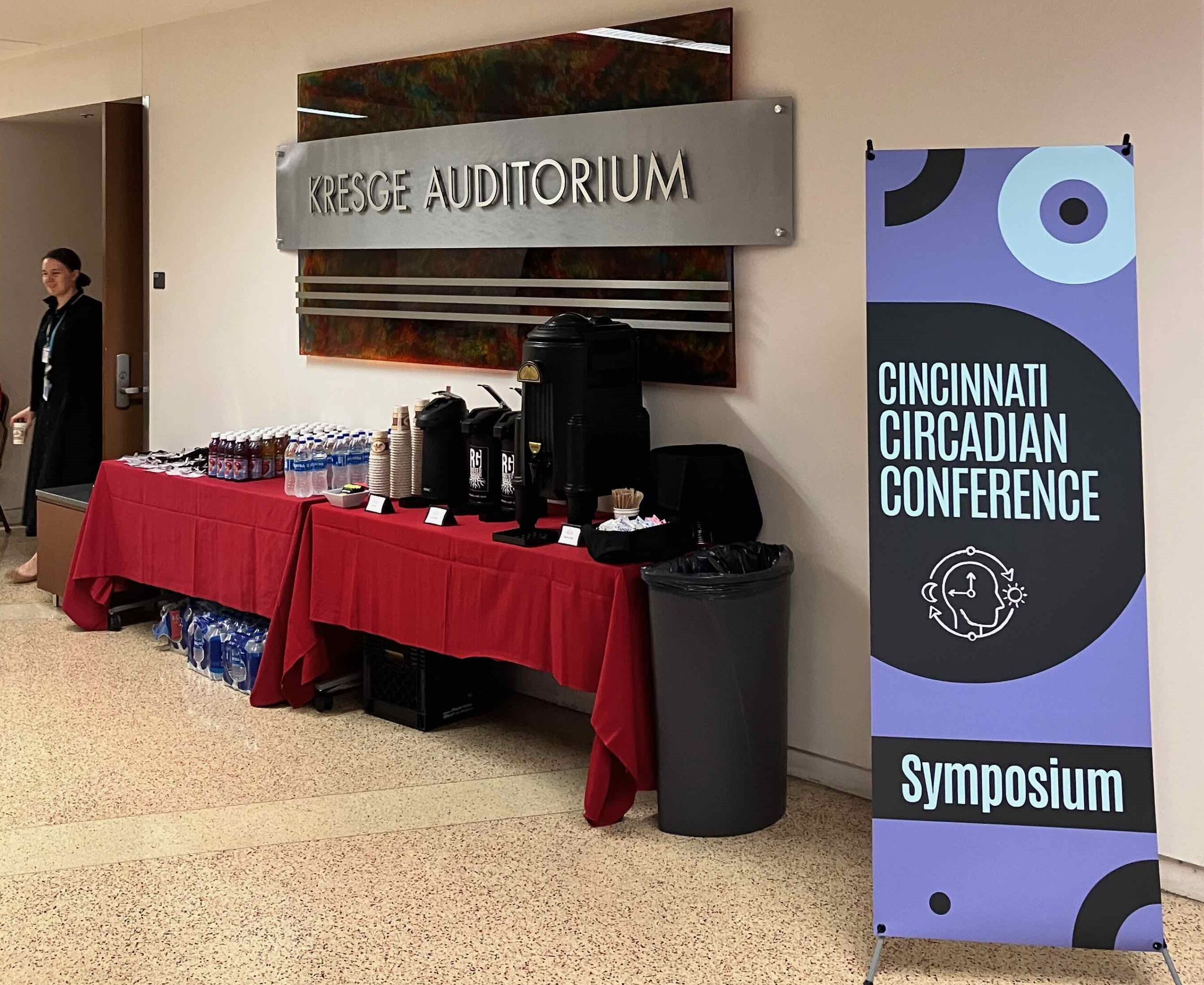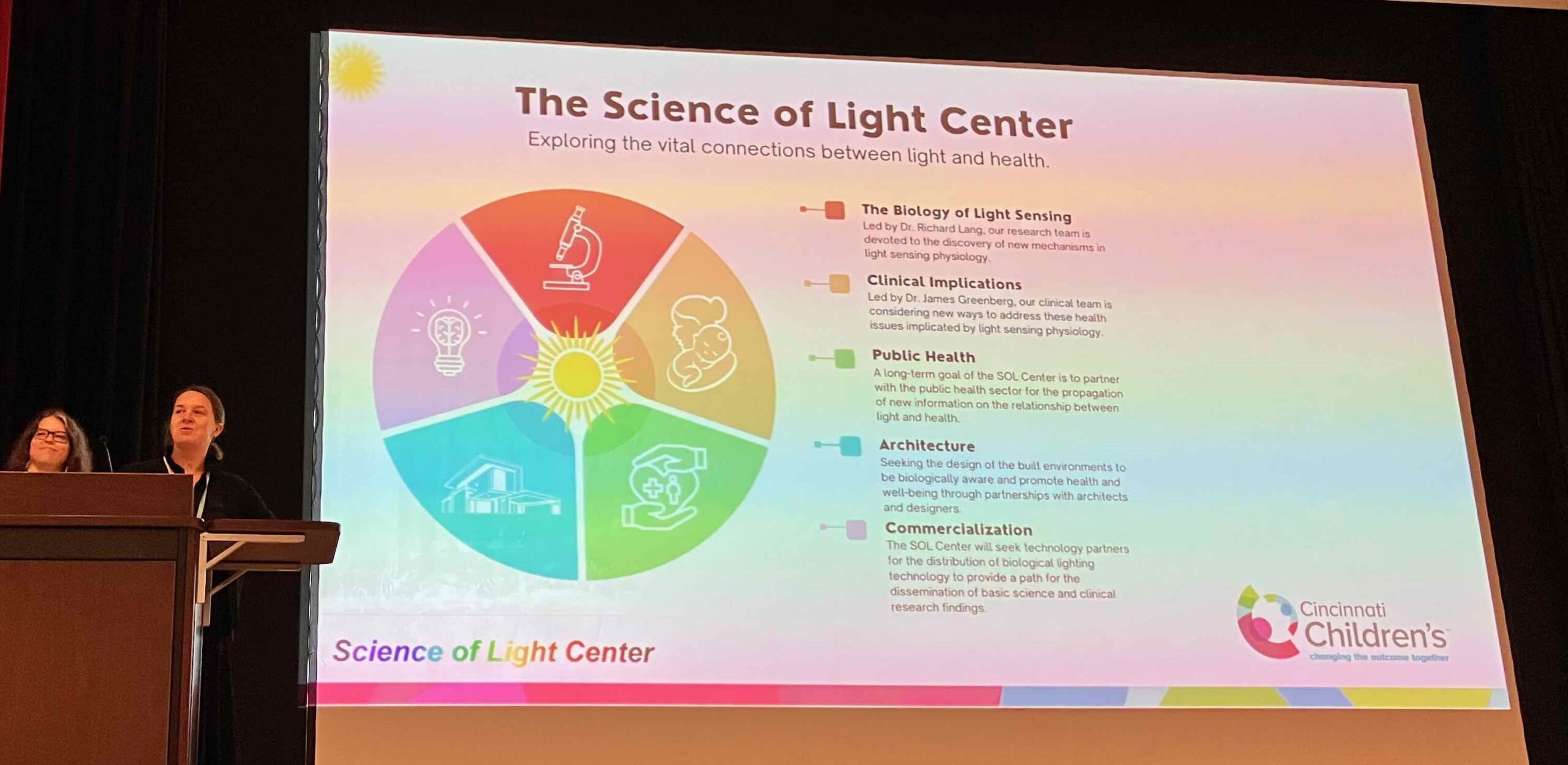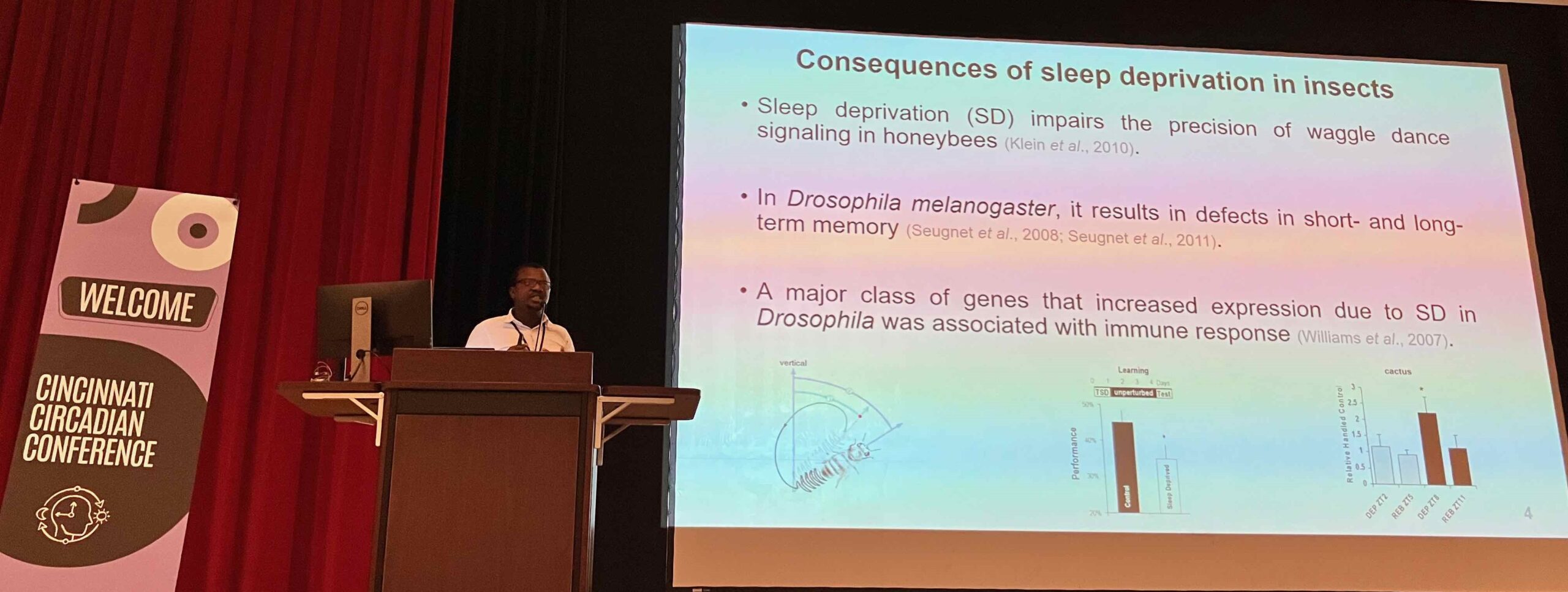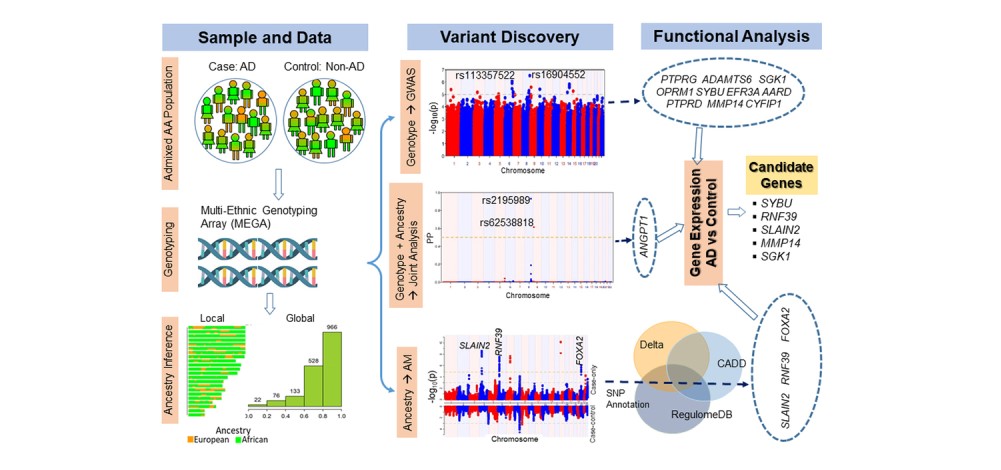Conference Highlights Advances in Circadian Medicine
Post Date: September 13, 2023 | Publish Date:
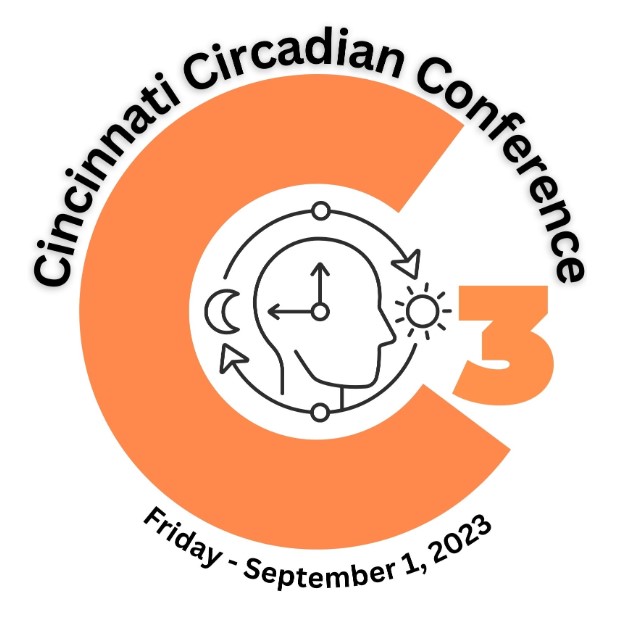
Experts at 2nd annual meeting shed light on metabolism, eye-to-brain communication and more
More than 70 scientists interested in circadian biology and circadian medicine gathered Sept. 1, 2023, for the 2nd Cincinnati Circadian Conference (C3), held at the University of Cincinnati’s Kresge Auditorium.
The event included experts from Cincinnati Children’s, the University of Cincinnati, Northwestern University, Children’s Hospital of Philadelphia (CHOP), the Mayo Clinic, and other organizations. The meeting fostered in-person interactions to critically review new and upcoming research projects, as well as discuss current and future challenges in the field.
The conference was co-sponsored by the Heart Institute at Cincinnati Children’s and the UC Office of Research. Here are some highlights from the productive day of talks, poster presentations and roundtable discussions:
Rhythms with wide-ranging impacts
The circadian clock – the intrinsic capacity of our bodies and our cells to tick the daily cycle of light-dark progression – is pervasive and impacts virtually every aspect of our biology: from sleep to normal growth to the response to stress like a flu infection, which was eloquently demonstrated by our invited speaker, Shaon Sengupta, MBBS, MPH, from CHOP.
A clinical example highlighting the role of the circadian clock was recently obtained by YunZu Michele Wang, MD, of the Division of Bone Marrow Transplantation and Immune Deficiency at Cincinnati Children’s. Wang and her collaborators recapped very promising results obtained with daytime-restricted parenteral nutrition (instead of the “regular” 24hrs/day feeding cycle) in children that received a bone marrow transplant. Findings were published in February in the Journal of Clinical Investigation.
A novel eye-to-brain circuit
Despite some promising first results, much still needs to be studied to unravel the complexity and the specific mechanisms through which the retinal ganglion cells responsible for the eye-to-brain communication effectively perceive light and synchronize the brain’s response. This was compellingly reviewed by our keynote speaker Tiffany Schmidt, PhD, from Northwestern University.
During the conference Diego Fernandez, PhD, who recently joined the Science of Light Center at Cincinnati Children’s, argued in favor of a novel eye-to-brain circuit based in the still mysterious region of the thalamus and important to control mood and activity in response to light and dark. (See his June 2022 publication in Science Advances.)
Novel concepts, unconventional contexts
We also are learning more about how the circadian rhythm is sensed and influences our daily behavior and metabolism from “unconventional” contexts, including insects like mosquitoes and beetle-mimicking cockroaches. These novel areas are being explored by the Benoit lab at UC.
Another major source of unexpected findings comes from studying the composition of the light spectrum – and the specific wavelengths that make our tissues tick in the right direction. Pioneering research in this area was shared with the audience by Cincinnati Children’s Richard Lang, PhD, who has spearheaded the biological relevance of specific wavelengths and their specific receptors in many important contexts of health, from near-sightedness to reactivating the metabolic function of the fat tissue.
Lang’s recent publications include new findings about how ipRGC photoreceptors allow immature rods adapt to distinct lighting environments and this 2021 paper in Cell Reports describing how metabolism can be influenced as fat cells respond to light.
This research is being leveraged by the newly minted Science of Light Center at Cincinnati Children’s to conduct clinical trials on using specific lights to enhance growth and recovery in children. The Science of Light Center has already made a difference in our hospital care by installing special lights with circadian-guided specific wavelengths to improve the health recovery of children in our new NICU. Read more in this Cincinnati Enquirer news article.
–Post authored by Mattia Quattrocelli, PhD.
Click the arrows below to view a collection of photos from the conference
